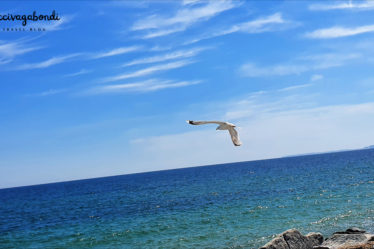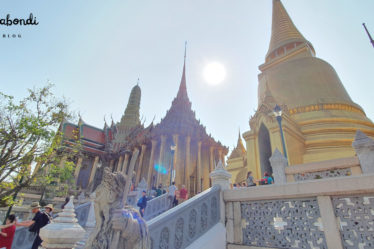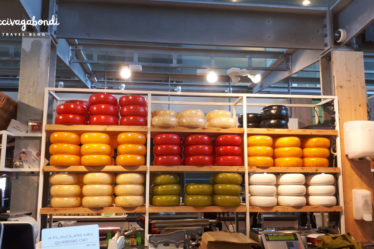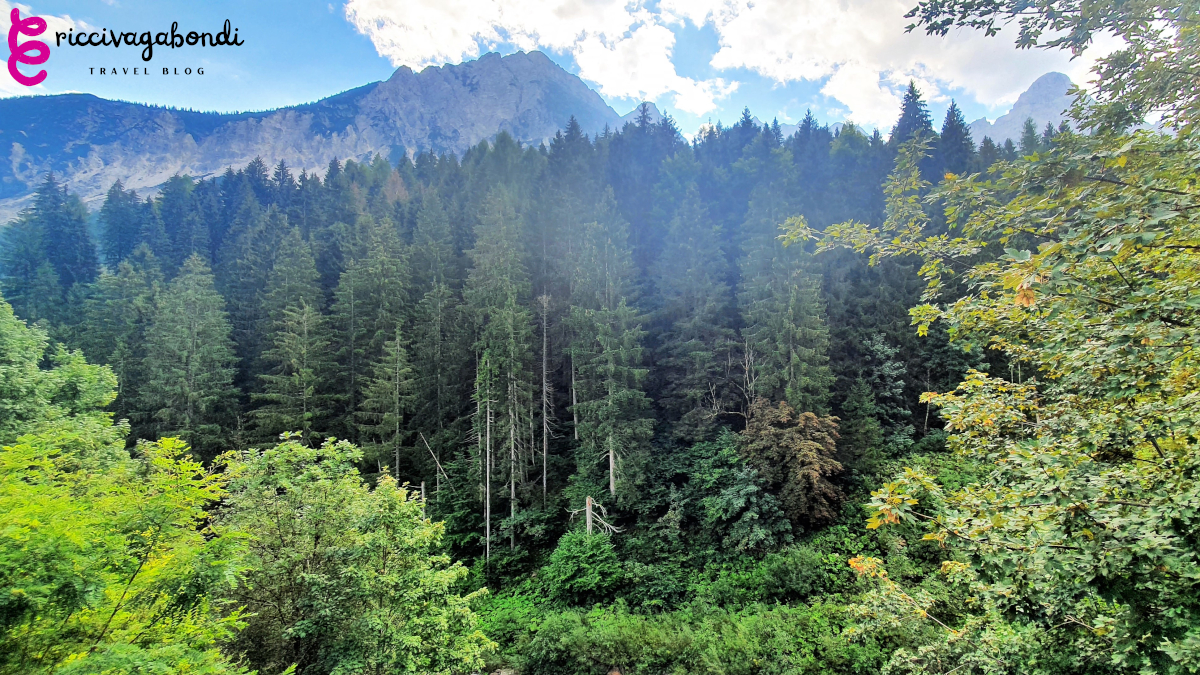
Dear Wandering Spirit,
I looked for a nature-immersive holiday in late Summer 2021, and I visited the Cadore valley in north-east Italy. My travel itinerary of around one week included hot spots like Cortina d’Ampezzo and Lake Braies, but also hidden gems like Pieve di Cadore and Cibiana di Cadore.
Want to know more about the travel costs and get useful travel hacks? Then keep reading my travel organizer in the Dolomites. 🧳
Travel to Cadore Valley
Travel by plane / train / car
Check out the Venice airport for both line and low-cost flights. Alternatively, you can fly to Milan and reach this area by train or car. Venice’s airport connects Italian and European destinations like Amsterdam, Barcelona, Berlin, Brussels, Frankfurt, Lisbon, London, Madrid, Munich, Paris, and Vienna but also further destinations like Dubai, Istanbul, Moscow and Tunis.
Want a great tip? Check out Treviso airport in the nearby too for cheap flights during peak times. Milan has several airports (Malpensa, Linate and Orio al Serio) and covers different routes. Daily flights from/to Milan are frequent and relatively convenient.
Some examples: Berlin-Milan (Ryanair, easyJet direct flights 1 h 40 min) between 15-35 €/$ p.p. per flight. London-Milan (Ryanair) 10-30 €/$ p.p. per flight. New York-Milan (Emirates, Iberia, Finnair) direct flights around 8 h is priced at 280-350 €/$ p.p. per flight.
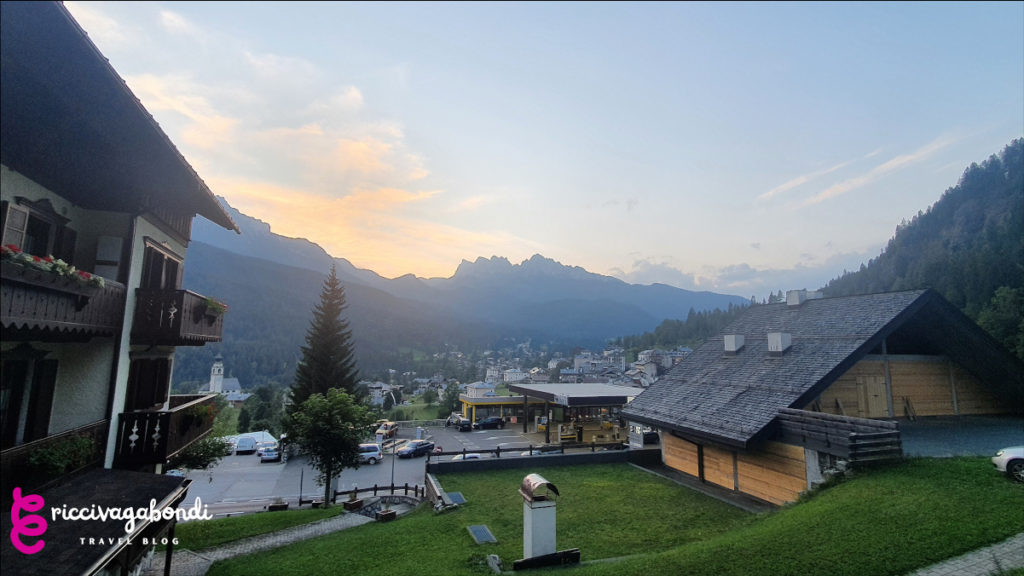
Main modes of transport
To reach the main area faster, I recommend renting a car. You can reach Cortina within 2 hours this way. Be careful, though, if you are not used to driving in mountain areas. Always check weather conditions and any other information you might need to know prior to travel. Car rental for a medium car starts from 40 €/$ per day.
Most areas in the Cadore valley can be reached by train in about 3-4 hours. 
Last but not least, there is a direct bus line from Venice getting to Cortina several times a day. The rides lasts 2-3 hours. ATVO lines are the cheapest ones: 12-18 €/$ p.p. per ride. Cortina Express starts from 20 €/$ p.p. per ride.
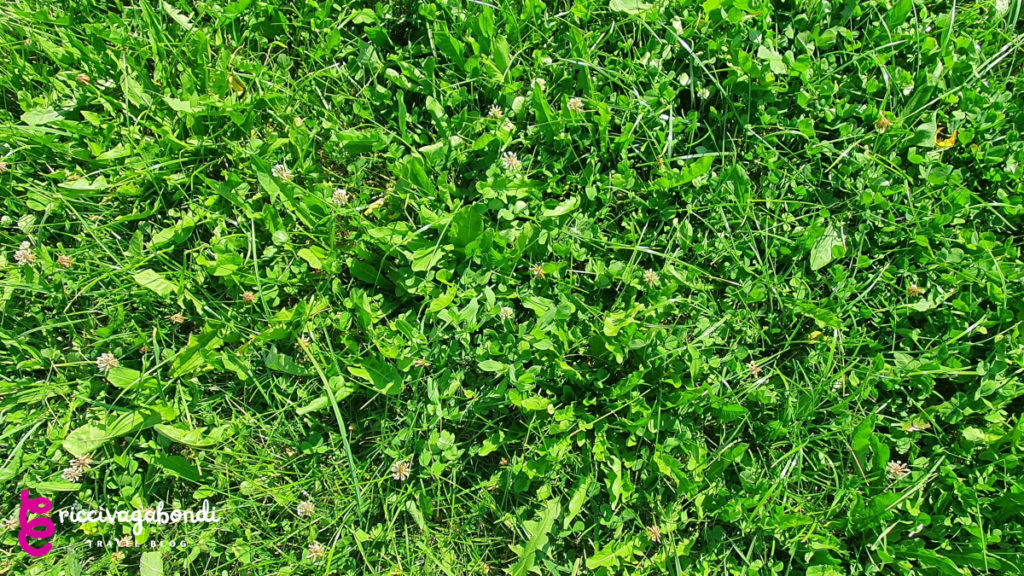
Transport around the city
If you haven’t booked a car, the best way to move around is surely by bike! You will discover incredible surroundings and enjoy stunning views of the mountains and valleys. Bike routes are long and spread everywhere.
Bus lines work quite well here. A single fare costs 2-4.50 € / 2.20-4.80 $ depending on the distance, 2.50 € / 2.70 $ more if your bike rides with you. A 6-ride-ticket costs around 8 € / 9 $ and up to 35 € / 38 $ for longer distances, while unlimited rides within one week cost around 15-25 € / 16-27 $. For further info, check out the schedule of Dolomitibus, linked below. 🎫
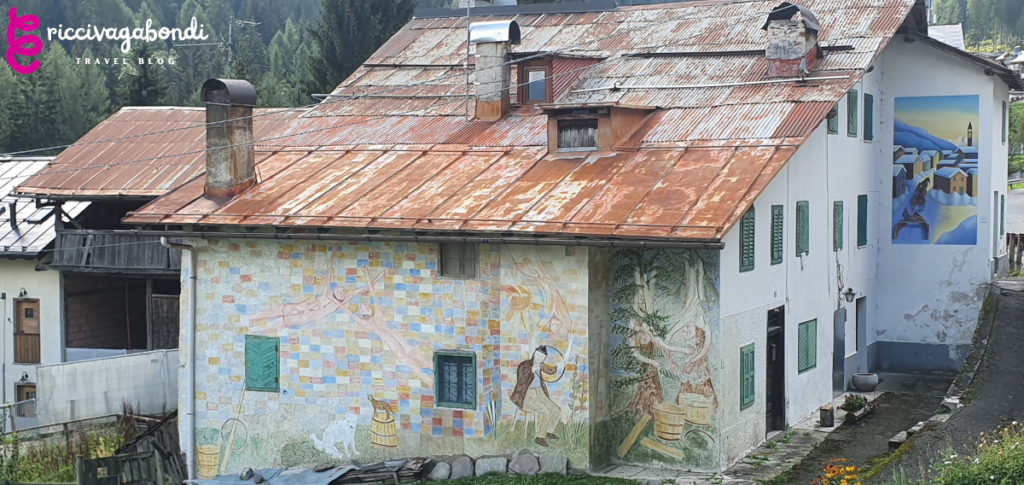
Accomodation in the Dolomites
Where to stay in Cadore Valley
Cortina d’Ampezzo is a great spot to start with, but it is generally quite expensive. A double room in a hotel in town starts from 100-130 €/$ per night. I recommend checking out free houses for rent (usually on a weekly basis), if you travel with friends or bigger groups.
Alternatively, if you are flexible and can move around, there are lovely Bed & Breakfast solutions in the nearby villages in the Cadore valley. 
If you are looking for wellness hotels, prepare to spend min. 150-200 €/$ per night. Always check what is already included in your booking and if you have to pay extra to access the spa. A bit of research upfront will save you stressful moments during your spa weekend!
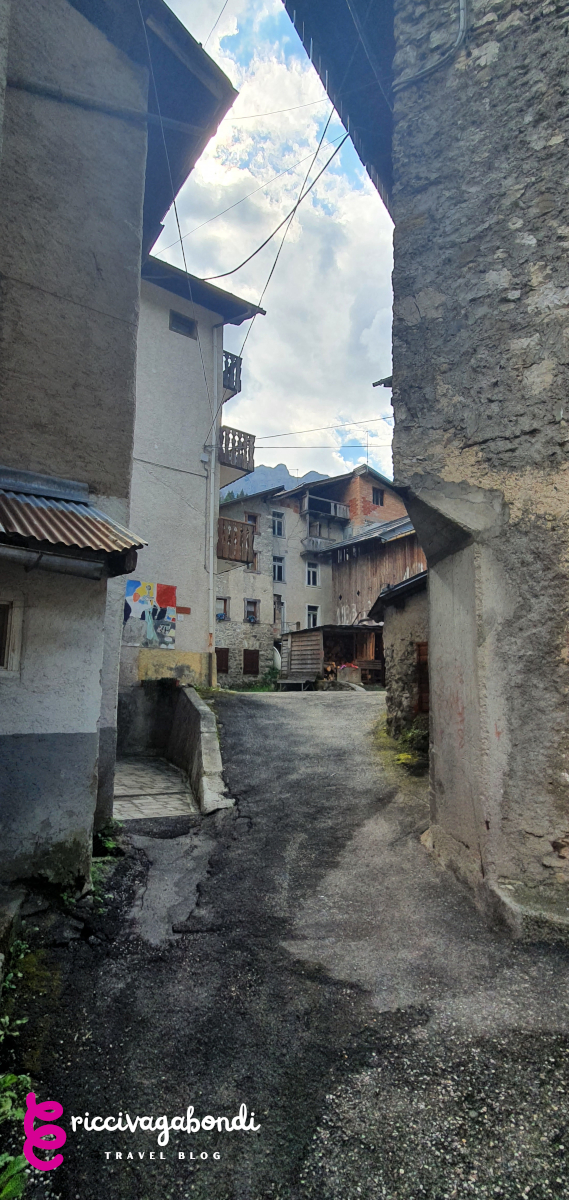
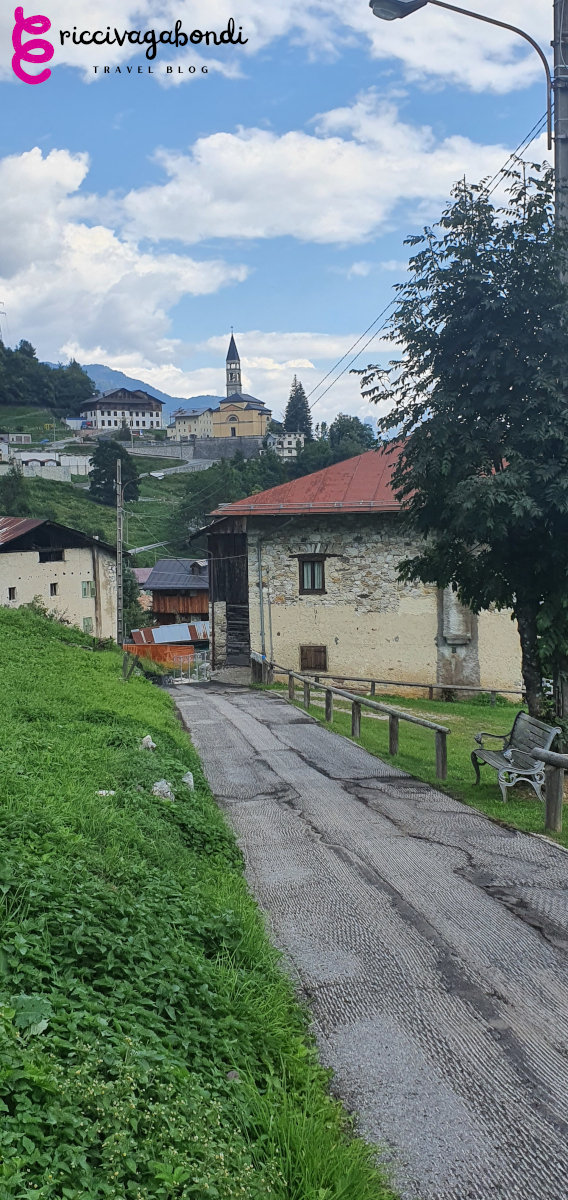
Where to eat in the Cadore valley
You will be spoilt for choice if you are looking for tasty mountain cuisine!
Plan around 30 €/$ p.p. per day, depending on the location you choose.
Starting with main dishes, you must try the Casunziéi. This ravioli stuffed with red beetroot are delicious in wintertime, perfect with grated Parmesan or ricotta cheese and tremendous with butter sauce. Another great dish of this area is canederli (or Knödel), boiled dumplings in many varieties (vegetarian version with bread, with cheese, with meat), enriched with bacon and served warm with Parmesan cheese.
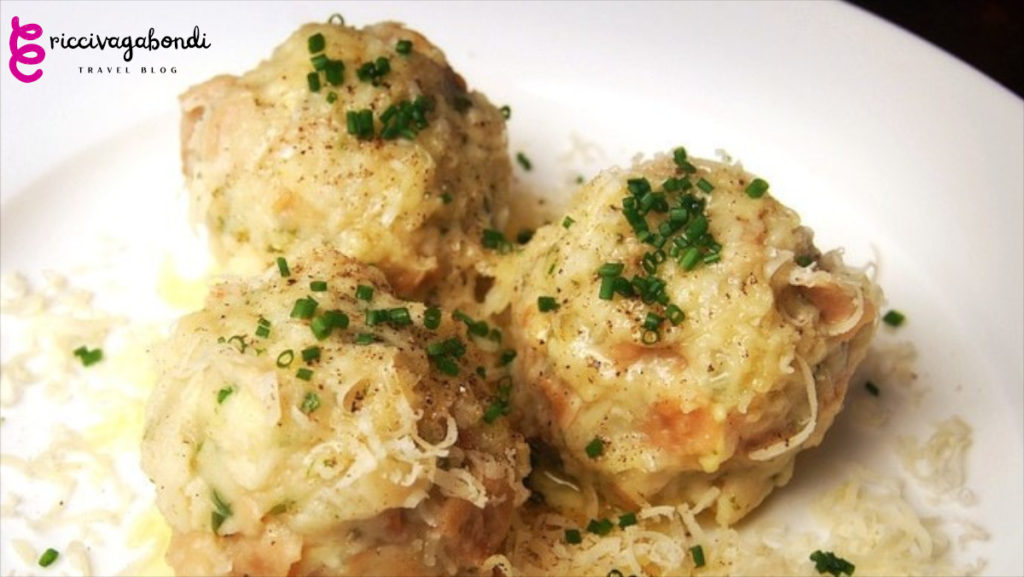
If you like meat, yon can’t miss the venison. A marinated roebuck with vegetables will fill you up. Cheese is also a very important component of the valley, one of the most known is the Schiz, whole or semi-skimmed cows’ milk cheese. Typical drinks of this region are grappa varieties, aromatized with different berries. Gentian roots and juniper add the strong and distinctive taste to the distilled products of the Alps.
Looking for a sweet break? Try the zópes, slices of bread with sugar, cream and butter. 🥧 The scent is given by the rum or grappa used to fry the eggs with the butter. Lastly, the strudel is the typical mountain dessert and a symbol of the whole region. The simple sweet combination of apples and powdered sugar with some cinnamon will give you energy to climb every mountain!
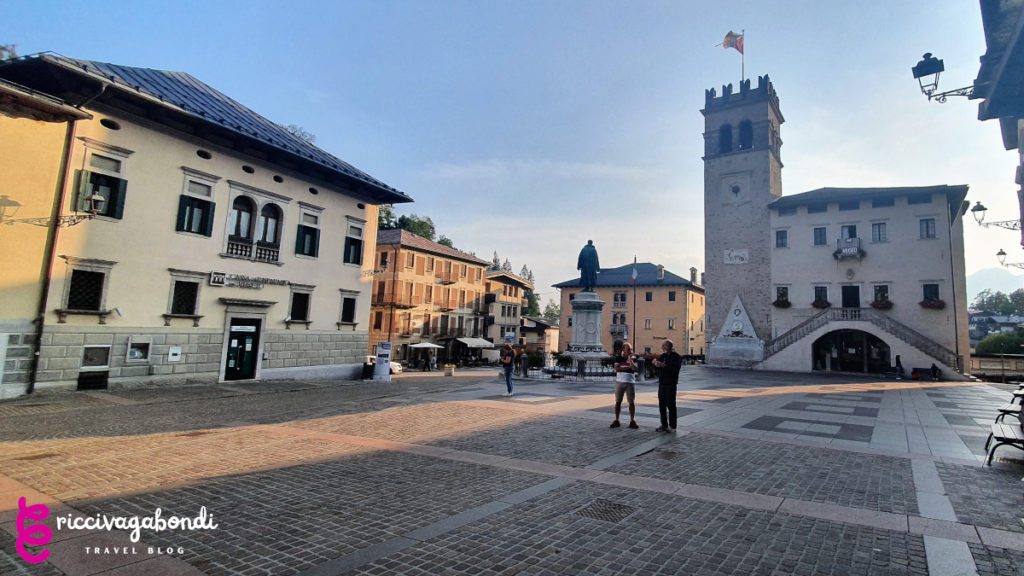
Sight-Seeing in the Dolomites
Museums & Activities
There are several museums all around the Cadore valley in the Dolomites, most of them related to craftmanship and mountain life.
In Cibiana di Cadore, there is a lovely Iron & Key Museum with free entry (donations are welcome).
Not far away, you can arrange a shuttle bus up to the Messner Mountain Museum, which is also known as “Dolomites Museum in the Clouds”. Fares: 8 €/$ adults; 6.50 €/$ reduced and groups; 4 €/$ children up to 14 y.o. If you plan to visit all five Messner sites (Firmian, Juval, Ortles, Ripa, Dolomites and Corones), entry price is 40 €/$ p.p. adult fare, 35 €/$ reduced and 15 €/$ children.
In Pieve di Cadore, it is possible to combine three visits with one ticket: Titian childhood house, the Eyewear Museum and the Archaeological Museum. Fares for combined ticket: 8 €/$ adults and children over 6 y.o.
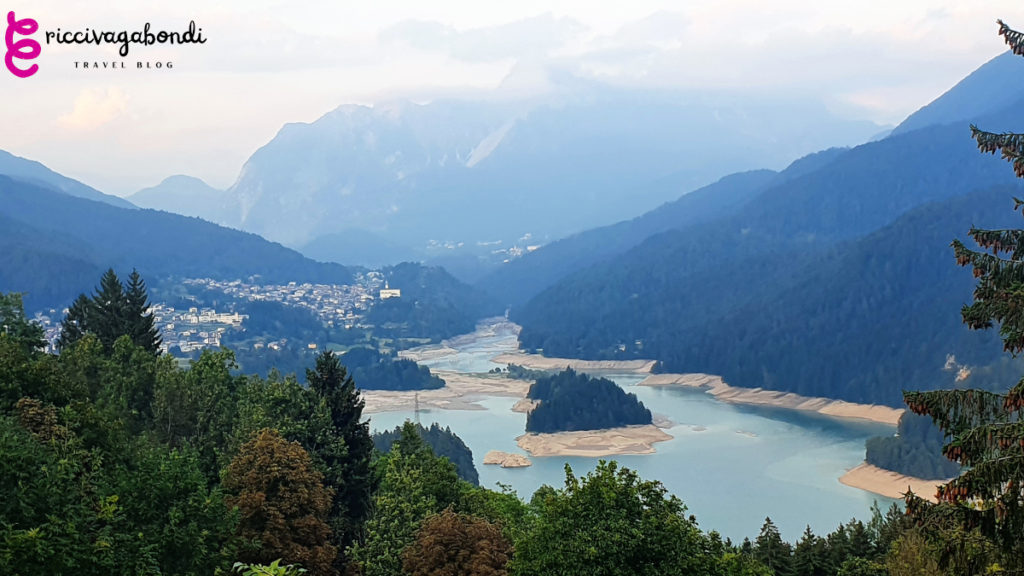
Bike rental - Costs
Bike rental starts from 30 €/$ p.p. Furthermore, several bike tours are organised by locals. Self-guided tours (3 days) including accommodation and bike rental may costs around 70 €/$ p.p. per night.
Pocket money (shopping / souvenirs)
If you are looking for some lovely souvenirs in one of the many mountain towns all around the Dolomites, plan from 30 to 50 €/$ per day.
Unexpected Costs
I always count 100-150 €/$ per trip just to be sure. Cut these costs by being prepared prior to travel!
By doing that, I rarely exceed my extra budget of 50 €/$.
Especially if you are renting a bike, you might want to look for the route before jumping on two wheels. Be prepared: take with you a small bike phone holder to check your Maps.
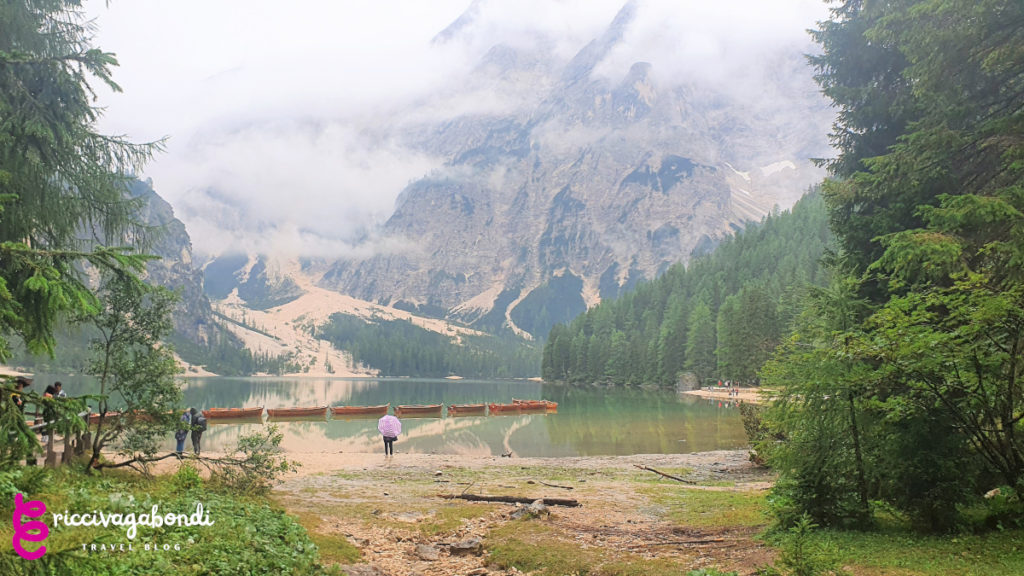
Dolomites Travel Cost Breakdown
- Flight 70 €/$
- Museum pass 48 €/$
- Extra costs 50 €/$
- Transport from/to cities return fare 50 €/$
- Accommodation 7 x 100 €/$
- Bike rental 7 x 30 €/$
- Food/drinks 7 x 30 € /$
- Activities/Pocket money 7 x 40 €/$
around 232 €/$ per person per day.
Travel Organizer Dolomites
Let us get down to the nitty-gritty to organize your travel to the Dolomites at best.
Currency – Italy’s currency is the Euro (€). As orientation,
1 € corresponds approximately to 1 $. Use one of the many money converters for real-time results, like themoneyconverter.com.
Language – Italian is the national language of Italy, but there are some more languages and dialects all over the country. Especially in this part of Italy, you could hear people speaking German or Ladin (a minor language). English is spoken in the biggest centres, but rarely in smaller towns
Power plugs – Voltage is 230V, frequency is 50 Hz. Sockets are of type F and L.
Weather & time – Italy is a very warm country (40 °C in summer is quite usual!) and sun shines most of the time (even in winter days). In mid-seasons though, temps are quite variable and it might be rainy for hours. Please do not mix Italian rain with the typical London fog – when it rains, it rains cats and dogs there! Mountain climate is of course different than at the seaside. Make sure you have proper clothing for each destination.
Main cities – Rome. Milan, Venice, Florence, Naples. In the nearby of Cadore valley: Venice, Trieste, Bozen, Verona, Ferrara.
National public holidays – Epiphany (January 6th), Liberation Day (April 25th), Republic Day (June 2nd), Assumption Day (August 15th), All Saints (November 1st), Immaculate Conception (December 8th) plus international bank holidays and Christian festivities.
Top 3 festival – Carnival in Venice or Viareggio (February), Infiorata in many centres and especially in South Italy (June), Palio di Siena horse race in Siena (August).
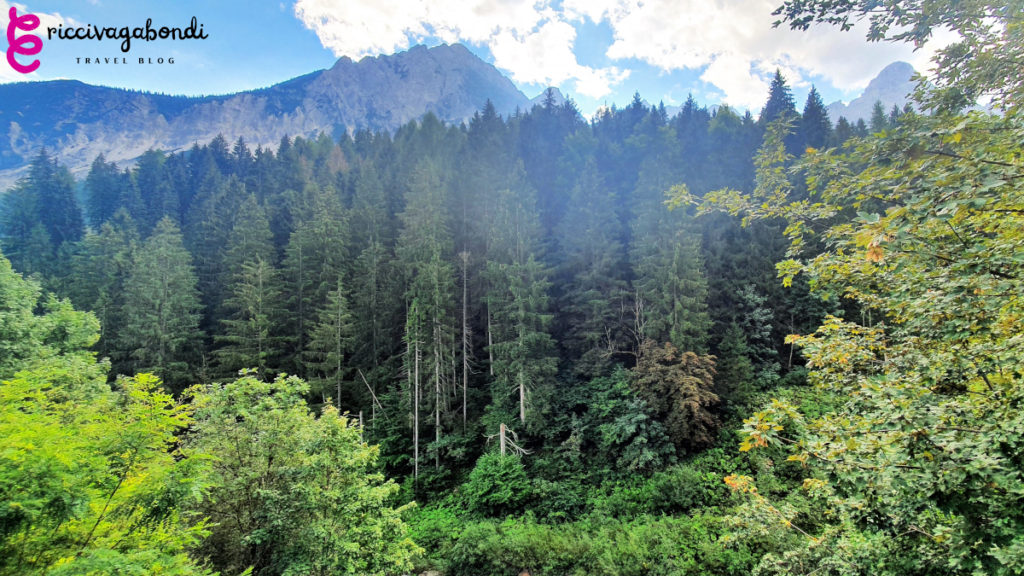
North Italy is a stunning place for beautiful scenery, fresh air, and incredible food. What are you waiting for? Book your next trip to the Dolomites!
You will get some more insights in my travel journal. Also, subscribe to riccivagabondi travel blog for further information! ⬇️ ⬇️ ⬇️






